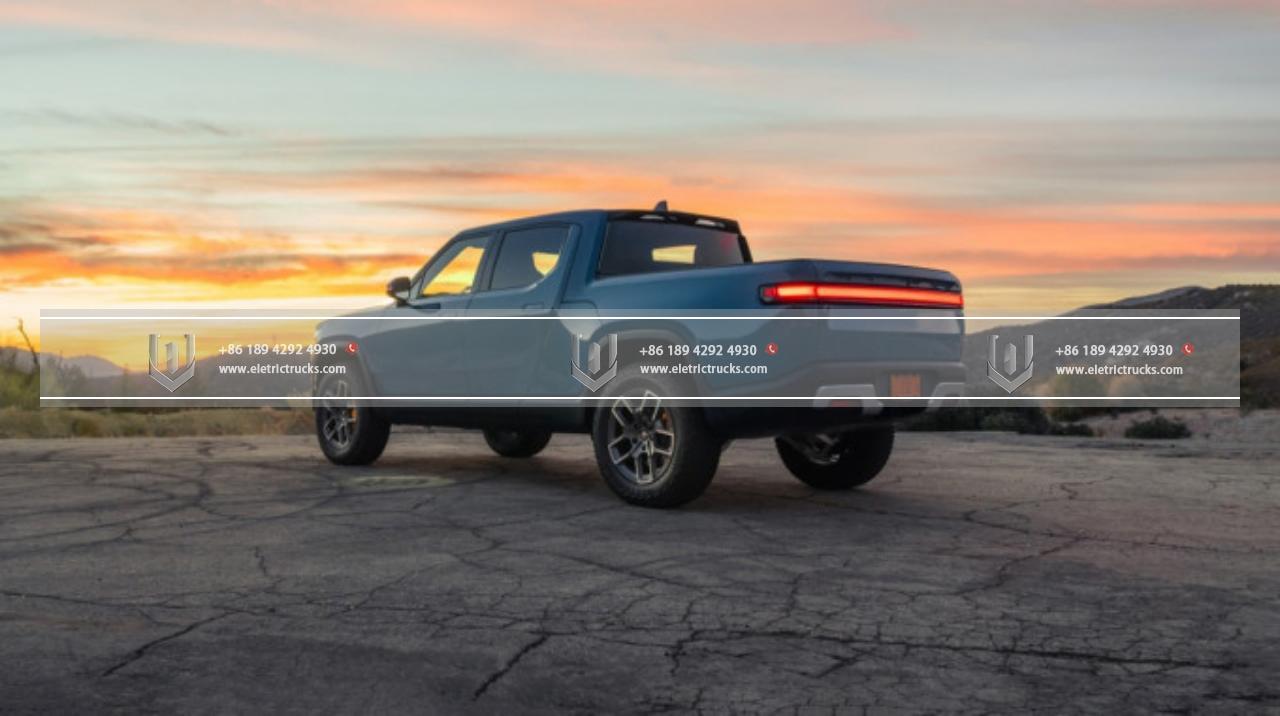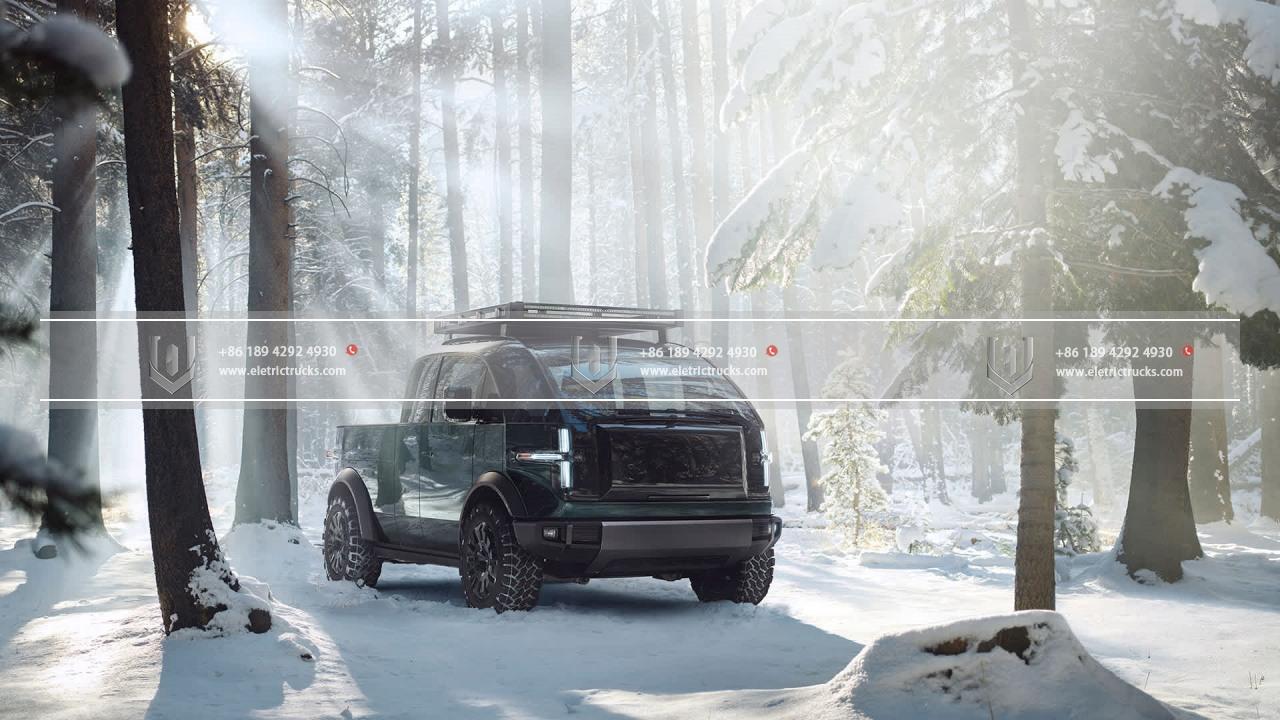Te matauranga hiko
He roroa: Te tirotiro i te mana me te mahi a nga taraka hiko
I nga tau tata nei, there has been a remarkable shift towards Nga waka hiko (EFS) as the world seeks cleaner and more Te otinga kawe kawes. While much attention has been focused on electric cars, He atu ano tetahi atu waahanga o nga waka ka ara ake i te waa o nga kaiwhakawhitiwhiti i roto i te umanga waka: taraka hikos. Ko enei huarahi whakatika, he maha nga wa e kiia ana ko “quiet giants,” are transforming the way goods are transported, offering a greener and more efficient alternative to their traditional counterparts. I roto i tenei tuhinga, we will delve into the power and performance of electric trucks and examine their potential to reshape the logistics landscape.
Taraka hikos, like their electric car counterparts, are powered by batteries that store and provide energy to Motuka hikos. Hoianō, unlike passenger vehicles, trucks face a unique set of challenges due to their larger size and heavier loads. Overcoming these challenges requires innovative design, robust battery technology, me advanced powertrain systems. Thankfully, significant advancements in these areas have paved the way for the rise of electric trucks.
Ko tetahi o nga painga nui o te taraka hikos ko ratou Te Paanga Taiao. Tuku taraka-tuku-manas are notorious for their emissions of greenhouse gases and pollutants, Te koha ki air pollution and climate change. He rereke, taraka hikos hua Te whakakore i nga tahua, arahi ki cleaner air quality and reduced carbon footprint. This makes them ideal for urban areas where air pollution is a pressing concern. Na roto i te whakawhiti ki taraka hikos, we can significantly improve the quality of our cities’ air and make strides toward a sustainable future.
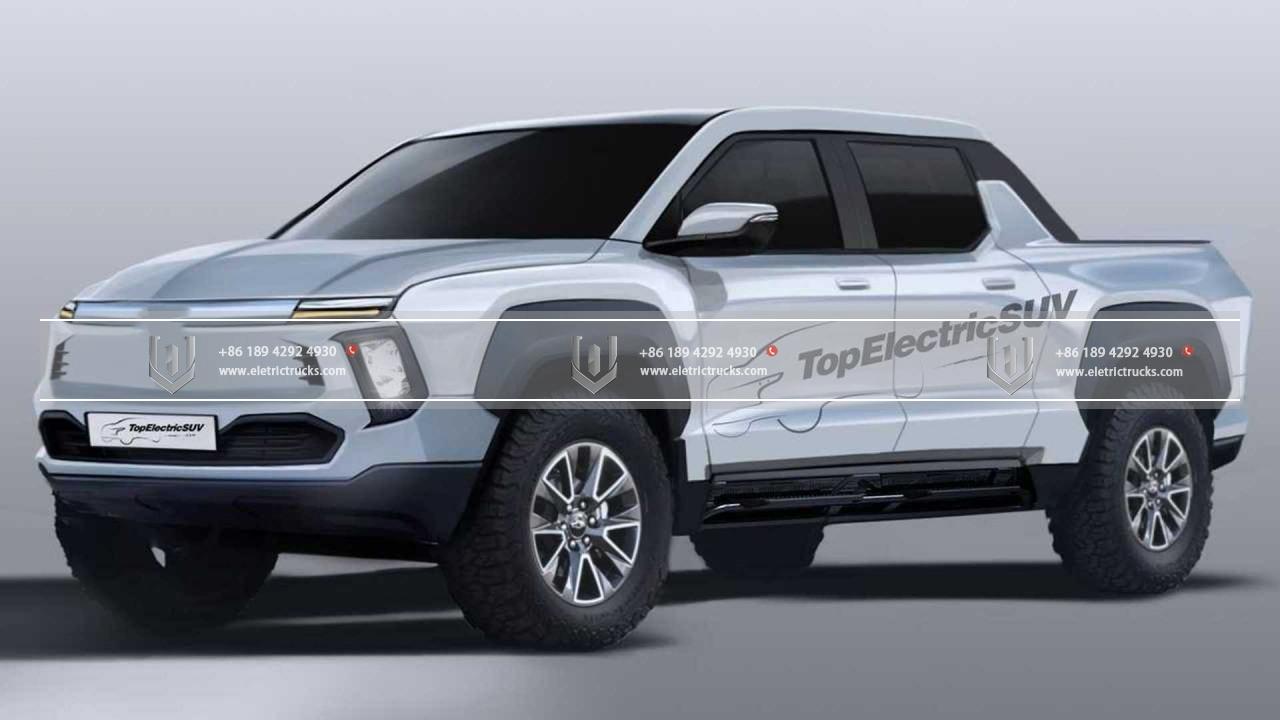
Beyond their environmental benefits, taraka hikos offer a range of performance advantages. One such advantage is their torque. Motuka hikos whakawhiwhia ki te tariawa tonu, delivering impressive acceleration and power even at low speeds. This makes taraka hikos well-suited for heavy hauling, allowing them to navigate steep inclines and carry substantial loads without compromising performance. Anō hoki atu, the absence of engine noise in taraka hikos creates a quieter and more comfortable driving experience, Te whakaiti i te aukati haruru me enhancing driver satisfaction.
Battery technology is at the heart of electric truck performance. I nga tau tata nei, there have been tremendous advancementTuhinga o mua Te hangarau o te pākahiko, ka puta mai increased energy storage capacity, improved charging times, me enhanced durability. These developments have significantly extended the range of taraka hikos, enabling them to travel longer distances without the need for frequent recharging. As charging infrastructure continues to expand, the range anxiety associated with Te hiko hikos becomes less of a concern, mahi taraka hikos a viable option for long-haul transportation.
Tāpiritanga, taraka hikos offer lower operational costs whakaritea ki o ratou hoa noho. While the upfront cost of taraka hikos may be higher, the overall lifetime costs can be significantly lower due to reduced fuel and maintenance expenses. Electricity costs are generally more stable than volatile diesel prices, providing operators with better cost predictability. Tīmata, taraka hikos he iti ake nga waahanga neke, ka puta mai reduced maintenance and repair needs, further contributing to Nga penapena utu. These financial benefits make taraka hiko an appealing choice for fleet operators, who are increasingly recognizing the long-term economic advantages of electrifying their transportation fleets.
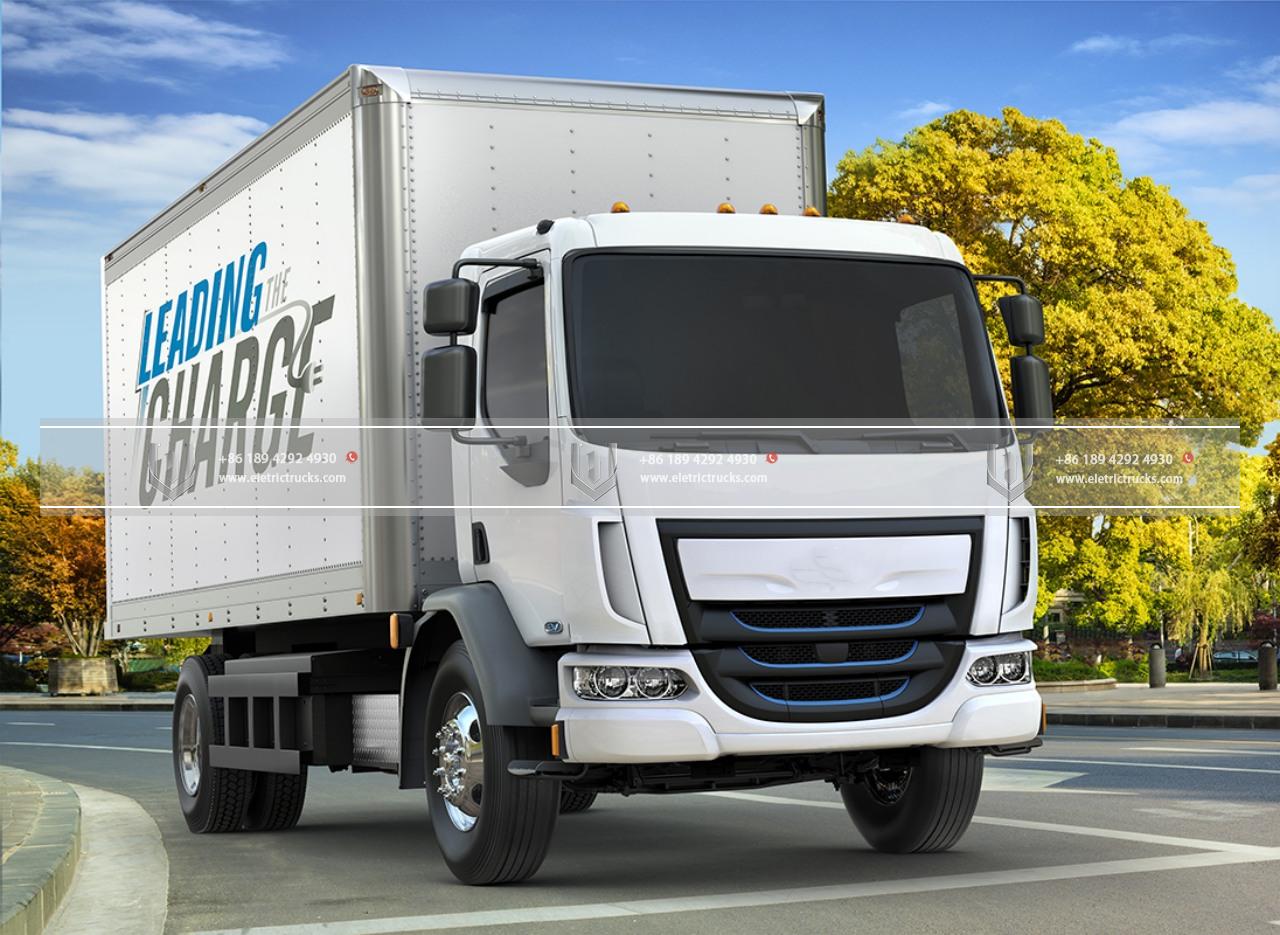
Government support and incentives are also playing a crucial role in accelerating the adoption of electric trucks. Many countries and local governments are implementing policies to promote the use of Te hiko hikos, including subsidies, Nga toenga taake, and grants for purchasing electric trucks. These initiatives aim to incentivize fleet operators to transition to cleaner transportation options and contribute to their nations’ sustainability goals. By offering financial support me favorable regulatory frameworks, governments are helping to create an ecosystem that fosters the growth of taraka hikos and paves the way for a greener future.
Despite the many advantages of taraka hikos, challenges remain. One of the primary challenges is the development of a robust charging infrastructure. Rapid charging stations capable of accommodating the power demands of taraka hikos need to be strategically located along major transportation routes and in logistics hubs. Tāpiritanga, the charging process itself needs to be efficient and fast to minimize downtime for truck drivers. Te mahi tahi i waenga i nga kawanatanga, energy providers, me Nga kamupene motuhake is essential to address these infrastructure needs and ensure the seamless integration of taraka hiko into our transportation systems.
Tīmata, Tuhinga o mua taraka hikos has the potential to have a significant impact on the global economy. Te Te ahumahi kawe plays a vital role in the global supply chain, facilitating the movement of goods across countries and continents. Na roto i te whakawhiti ki taraka hikos, we can reduce our dependence on fossil fuels and mitigate the volatility of oil prices, which can have far-reaching effects on the stability of the global economy. Taraka hikos offer a more sustainable and resilient solution, ensuring a smoother flow of goods while reducing the environmental and economic risks associated with traditional fuel-powered vehicles.
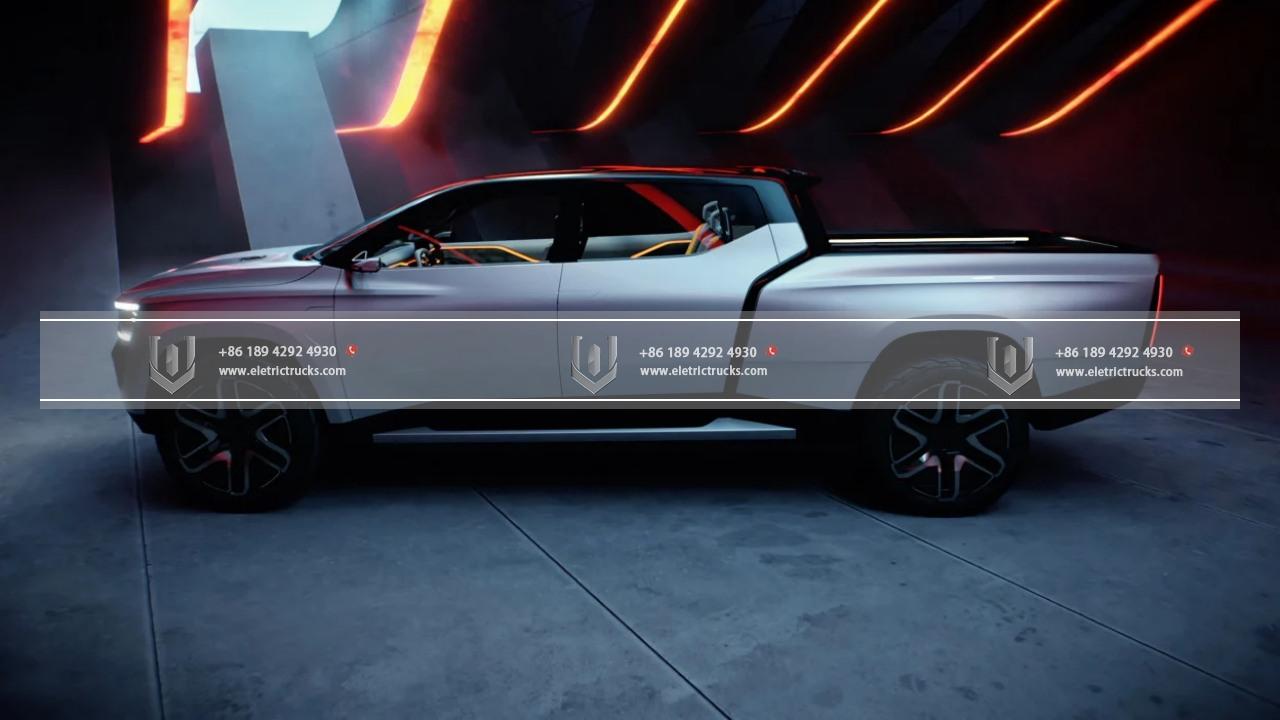
Another key aspect to consider is the role of taraka hikos in promoting renewable energy integration. As the demand for electricity to power electric vehicles increases, there is an opportunity to leverage renewable energy sources such as solar and wind power to meet this demand. Charging stations for taraka hikos can be powered by renewable energy, leading to a further reduction in greenhouse gas emissions and a transition towards a cleaner and more sustainable energy mix. This synergy between taraka hikoTuhinga o mua renewable energy can create a positive feedback loop, driving the growth of both industries and fostering a more sustainable energy ecosystem.
In addition to their environmental and economic benefits, taraka hikos also have the potential to improve road safety. The technology employed in taraka hikos includes advanced driver assistance systems (Adas) me autonomous driving capabilities, which can enhance safety on the roads. Features such as collision avoidance, Te whakatupato i te ara, and adaptive cruise control can help reduce accidents and human error, making transportation safer for both truck drivers and other road users. Tuhinga o mua taraka hikos with emerging technologies like vehicle-to-vehicle (V2V) and vehicle-to-infrastructure (V2I) communication systems can further enhance safety and efficiency on our roadways.
The introduction of taraka hikos also presents opportunities for job creation and skill development. Ka rite ki te tono mo taraka hikos and associated infrastructure grows, there will be a need for skilled workers in areas such as manufacturing, maintenance, and charging infrastructure installation. Training programs me educational initiatives can be implemented to equip individuals with the necessary skills to thrive in the emerging electric truck industry. This not only helps in the transition to a greener economy but also provides new job opportunities me economic growth.
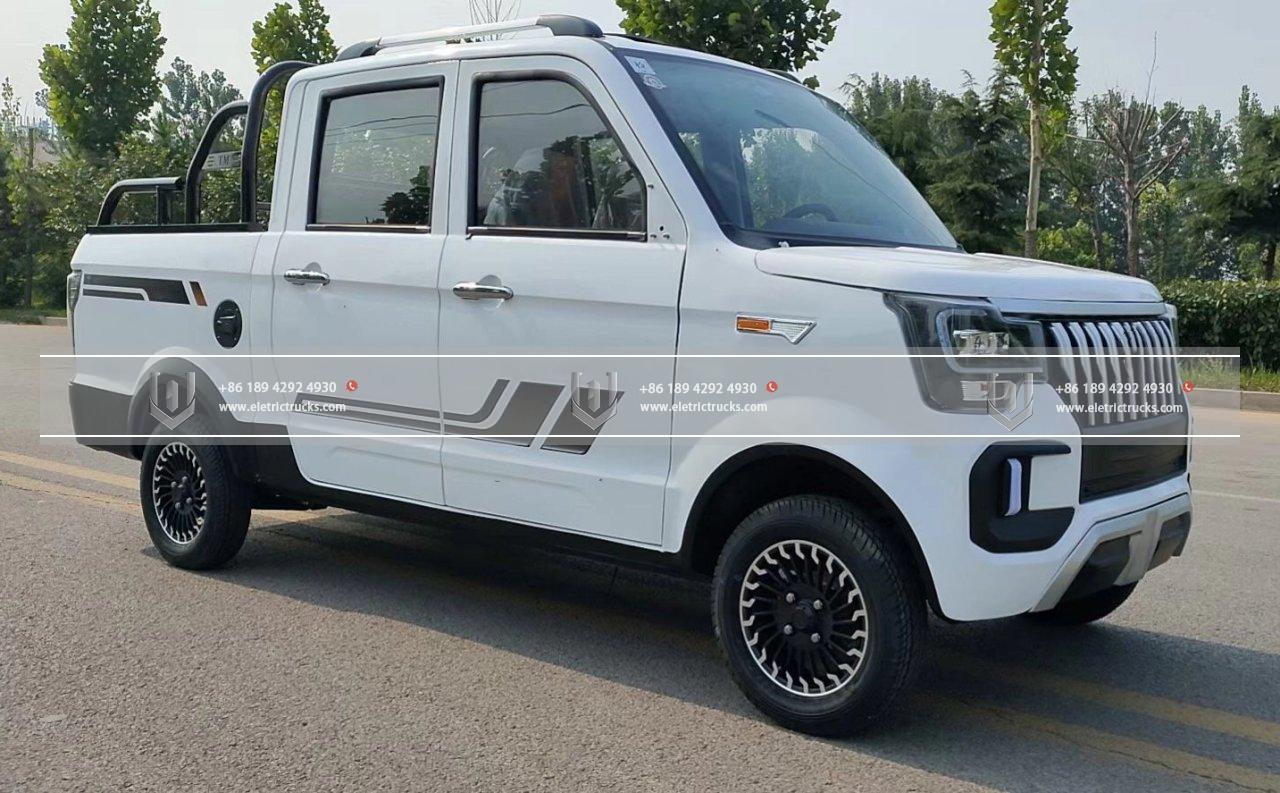
Inā taraka hikos have made significant strides in recent years, there are still areas that require further research and development. Continued innovation i roto Te hangarau o te pākahiko is essential to improve energy storage capacity, charging speed, and overall performance. Tāpiritanga, the development of lightweight and aerodynamic truck designs can help optimize efficiency and extend the range of taraka hikos. Collaborative efforts between automotive manufacturers, battery producers, and research institutions are vital to driving these advancements and overcoming the remaining challenges.
Hei mutunga, taraka hikos are a testament to the ongoing transformation in the Te ahumahi kawe. Me o raatau painga taiao, impressive performance, and cost savings, taraka hikos are proving to be the quiet giants of the road. Hei kawanatanga, Pakihi, and consumers embrace these sustainable alternatives, we can pave the way for a greener and more efficient future of transportation. By leveraging renewable energy sources, improving infrastructure, and investing in research and development, we can unlock the full potential of taraka hikos and accelerate the transition to a cleaner, quieter, and more sustainable logistics landscape. The era of the quiet giants has arrived, and it is up to us to harness their power for a better tomorrow.
